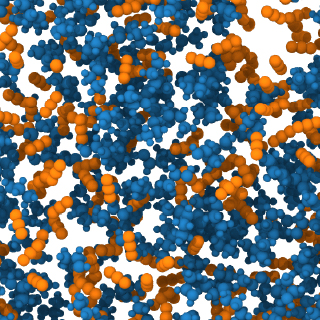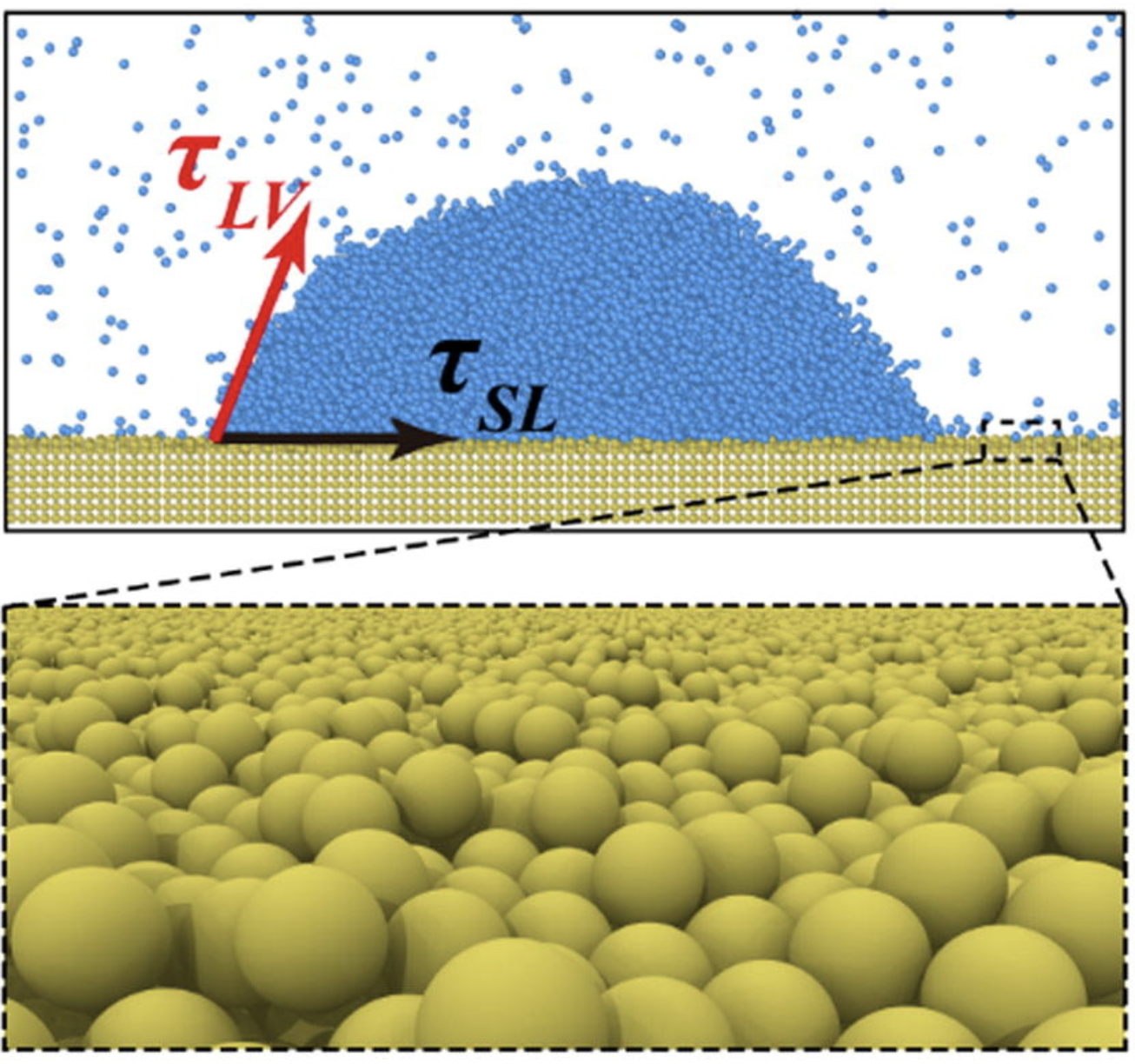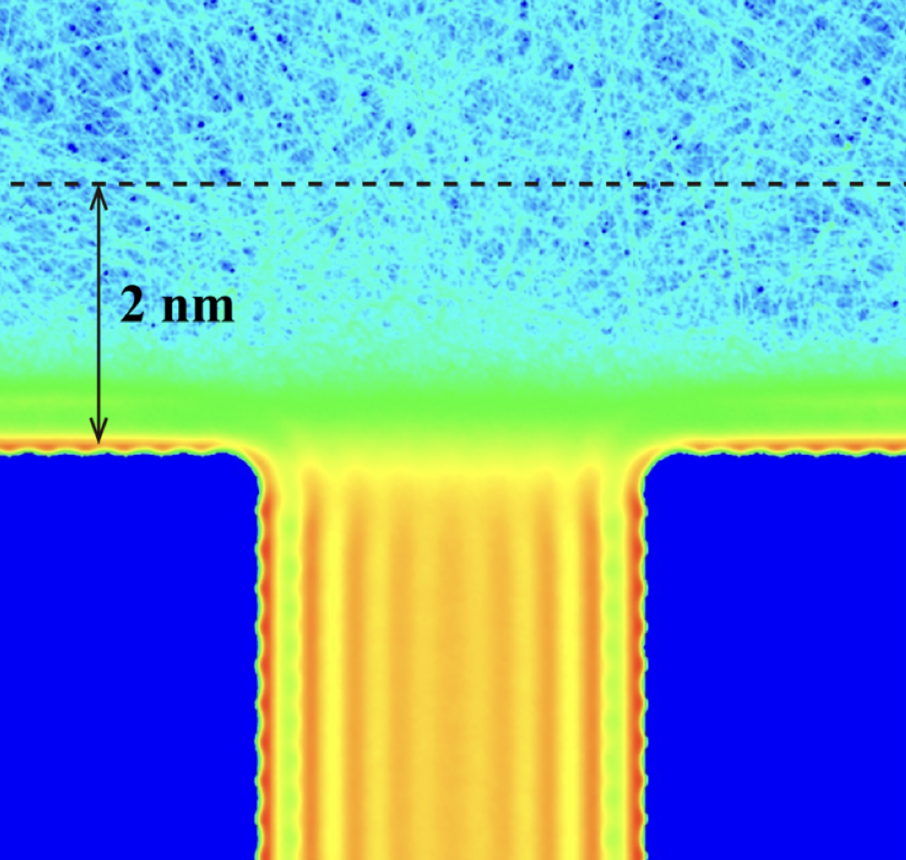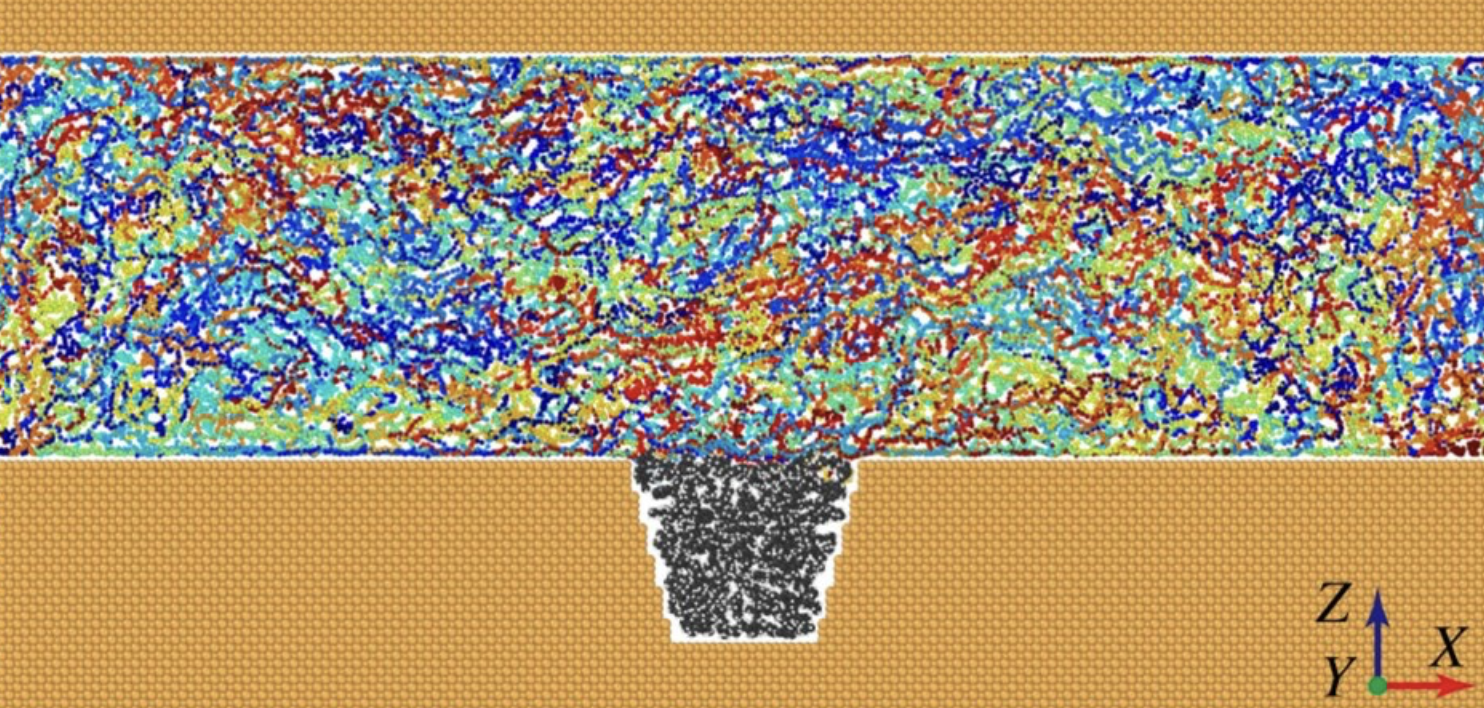Hydrophilicity gradient in covalent organic frameworks for membrane distillation
S.
Zhao#, C.H.
Jiang#, J.
Fan#
, S.S.
Hong, P.
Mei, R.X.
Yao, Y.L.
Liu, S.L.
Zhang, H.
Li, H.Q.
Zhang, C.
Sun, Z.B.
Guo, P.P.
Shao, Y.H.
Zhu, J.W.
Zhang, L.S.
Guo, Y.H.
Ma, J.Q.
Zhang, X.
Feng*, F.C.
Wang*, H.A.
Wu, and B.
Wang*
Nature Materials, 2021, 20: 1551–1558.
Desalination can help to alleviate the fresh-water crisis facing the world. Thermally driven membrane distillation is a promising way to purify water from a variety of saline and polluted sources by utilizing low-grade heat. However, membrane distillation membranes suffer from limited permeance and wetting owing to the lack of precise structural control. Here, we report a strategy to fabricate membrane distillation membranes composed of vertically aligned channels with a hydrophilicity gradient by engineering defects in covalent organic framework films by the removal of imine bonds. Such functional variation in individual channels enables a selective water transport pathway and a precise liquid–vapour phase change interface. In addition to having anti-fouling and anti-wetting capability, the covalent organic framework membrane on a supporting layer shows a flux of 600 l m–2 h–1 with 85 °C feed at 16 kPa absolute pressure, which is nearly triple that of the state-of-the-art membrane distillation membrane for desalination. Our results may promote the development of gradient membranes for molecular sieving.







